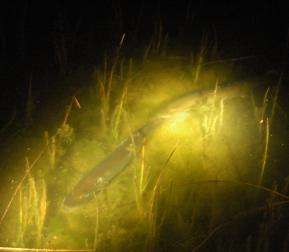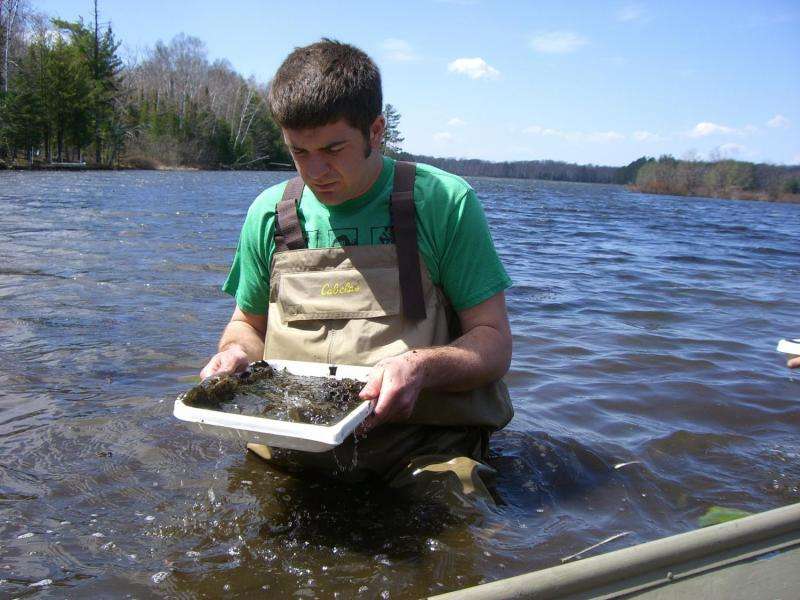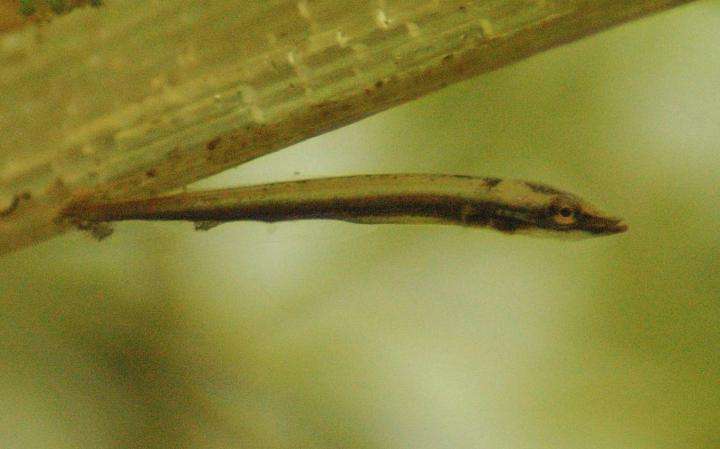Applying research agendas to sport fishing

As one of the most highly prized game fish in the upper Midwest, muskellunge (also known as muskies) and northern pike help support a $20 billion sport fishing industry. Facing declines in natural reproduction, a team of scientists, including a Michigan State University inland fisheries researcher, has developed a list of research and management needs to help keep the fish—and the industry—thriving.
'Muskies and northern pike are the largest predatory fishes in this region, making them high-profile fisheries,' explained Joe Nohner, doctoral student in fisheries at the MSU Center for Systems Integration and Sustainability. 'By supporting strong pike and muskellunge populations, we can provide better fishing opportunities and a strong recreational fishing industry.'
Working with scientists from across the region, Nohner helped prioritize research and management needs for muskie and northern pike, including:
- Identifying and conserving the fishes' spawning habitats
- Improving knowledge and management of the effects of fishing on trophy-sized fish
- Understanding how stocking and fishing influence the genetic makeup of these fish populations
According to Nohner, most of the past research and management programs have focused on adult fish and protection from overfishing. While managers and anglers focus on adult fish populations, some fisheries have been undercut by declining natural reproduction. Fish populations have been kept up through stocking, so in many areas the fishery isn't self-sustaining.
'We believe we need a more holistic approach to managing these fishes,' Nohner said. 'We want to include genetics, habitat needs at all life stages, and include the effects of humans in the equation. It's somewhat daunting, but new technologies will help us meet the challenge.'

Nohner has started tackling part of the challenge himself, creating a computer mapping technique to predict the location of muskie spawning habitats.
By studying 28 lakes in northern Wisconsin, he and his colleague found that muskies preferred spawning in bays with moderately sloping lake bottoms and that the fish also preferred not to spawn along shorelines with houses or other development.

'Lakes with more development are less likely to be muskie spawning habitats,' Nohner said. 'Fisheries managers, county commissioners and lakeshore property owners may have to consider where development is located and how that will affect the fish.
'We found that muskie spawning site selection may be more complex than previously thought,' he continued. 'There is not just one particular characteristic that makes the fish gravitate to an area for spawning. There seem to be several factors that affect the location, which is why we need a modelling program to help identify those critical habitats.'
The paper "Muskellunge and Northern Pike Ecology and Management: Important Issues and Research Needs" was published in the June 2015 issue of Fisheries: csis.msu.edu/sites/csis.msu.ed … les/nohner_musky.pdf
Journal information: Fisheries
Provided by Michigan State University















